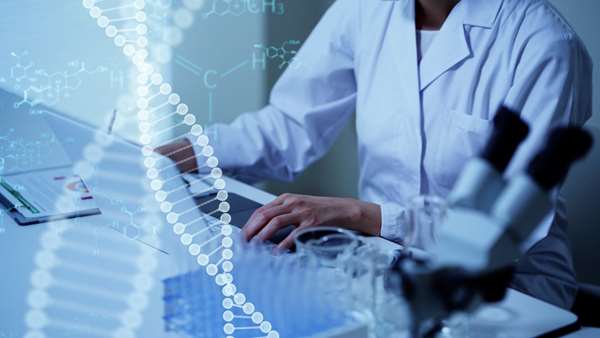Gene therapy developers targeting diseases requiring high dose therapies face a challenge. Current vector production cell lines and genetic manipulation techniques are too costly for large-scale manufacturing, according to new research.
The study, by scientists at Portugal’s Instituto de Biologia Experimental e Tecnológica (iBET), looked at areas of gene therapy production where innovation is needed.
The biggest challenges for rAAV-based gene therapies are bioprocess scalability and manufacturing costs.
For Phase I and II clinical trials and for non-systemic therapies, such as the FDA-approved treatment for congenital blindness, where the therapeutic dosage is low, transient transfection is not so problematic.
However, for larger scales and commercial manufacturing, transient transfection is not adequate, citing a trial candidate Duchenne muscular dystrophy gene therapy.
One potential solution would be to improve the cell lines used to manufacture recombinant adeno-associated (rAAV) vectors explains Alves, who says “this will facilitate scalability, reduce costs, and accelerate regulatory compliance.
“There are some commercially available inducible systems, including CEVEC Pharmaceuticals’ platform, where rAAV production is triggered by the addition of tetracycline. Another example is the HelaS3 based producer cell line system that is already used by a number of companie.
At iBET, we have several projects specially focusing on cell line development that, combined with integrated continuous bioprocessing approaches, will hopefully lead to better rAAV production processes using stable cell lines.”
https://www.genengnews.com/topics/bioprocessing/gene-therapy-sector-needs-better-cell-lines-for-vector-production/




ارسال به دوستان